Microsoft is raising the prices of its Xbox console lineup in the U.S. for a second time this year. Effective October 3, the new pricing reflects growing costs tied to tariffs, supply-chain hurdles, and broader economic headwinds.
What’s Changing in Pricing
- The Xbox Series S (1TB) model will now be priced around $450.
- The Xbox Series X console is set to cost approximately $650.
- A special edition, the Galaxy Black Series X (2TB), will hit nearly $800.
These changes amount to roughly a $150 increase for the Series X over just six months when combined with Microsoft’s earlier price hikes.
Why the Increase?
- Tariff Pressures: New tariffs on imports—many from key manufacturing hubs—have driven up the cost of components and raw materials. These trade policies are eating into margins and forcing hardware manufacturers to adjust retail prices accordingly.
- Supply Chain Costs: Beyond tariffs, the cost of moving parts, manufacturing, and shipping remains elevated. Delays, shortage risks, and logistical expenses are all contributing.
- Macroeconomic Challenges: Inflation, currency fluctuations, and uncertain consumer sentiment have made it harder to absorb additional production costs without passing them on to customers.
Microsoft emphasizes that the rising hardware costs—not software or development—are the main driver behind the latest pricing move.
Market Reactions & Competitive Pressure
- Price hikes like these tend to force consumers to rethink purchases. With consoles getting more expensive, some customers may delay upgrading or decide against premium editions.
- Sony also raised prices on the PlayStation 5 in the U.S. not long ago, signaling that this isn’t just an Xbox-specific phenomenon but a broader industry response to cost increases.
Implications for Gamers & the Industry
- Consumer Sentiment: Gamers may push back if they see frequent price increases, especially for hardware that many expect to remain stable or even decline in price over time.
- Hardware Replacement Cycles: Rising console prices could slow adoption rates, especially among more price-sensitive buyers. Replacement or upgrade cycles might stretch out.
- Industry Growth: The gaming sector has been counting on hardware sales—alongside upcoming game releases—to drive growth. Price inflation adds uncertainty: will consumers absorb it, or will demand soften?
What to Watch
- How Microsoft supports customers post-price increase: discount offers, bundles, or other incentives may help ease the transition.
- Whether accessories, game subscriptions, or other related products will see price adjustments. So far, Microsoft has said accessory pricing remains unchanged.
- How competitors respond: if other hardware makers continue with price increases, we may see further strain on lower-end market segments.
- Longer-term trade policy changes or tariff rollbacks that could help reduce pressure on hardware makers.

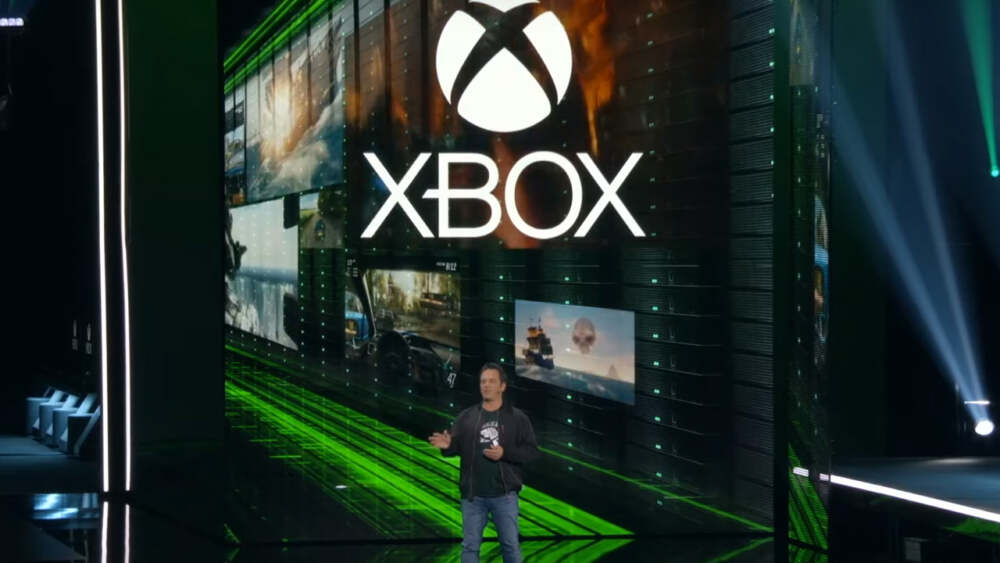

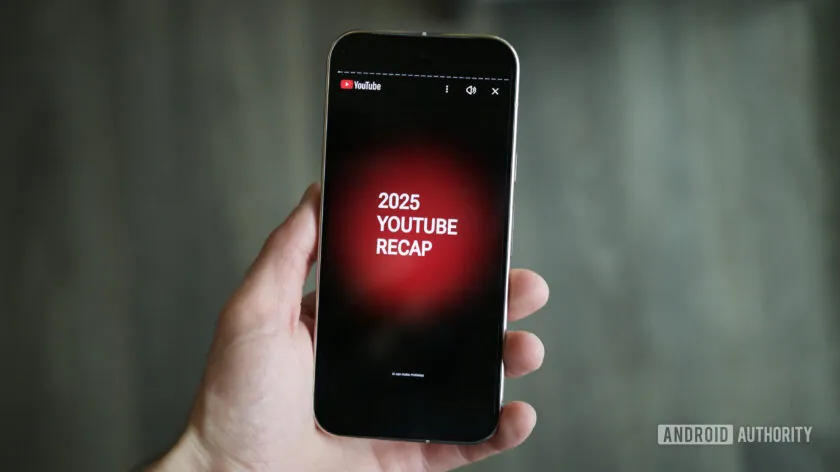

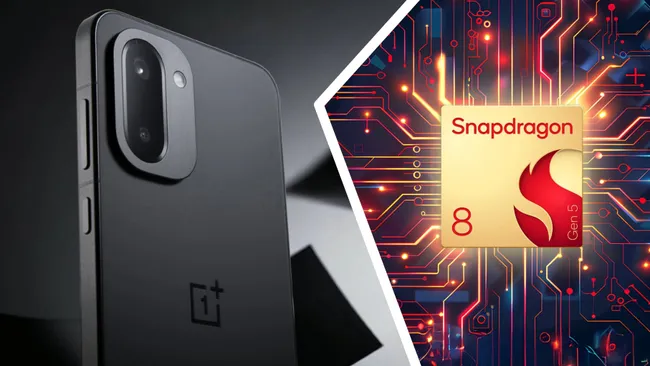
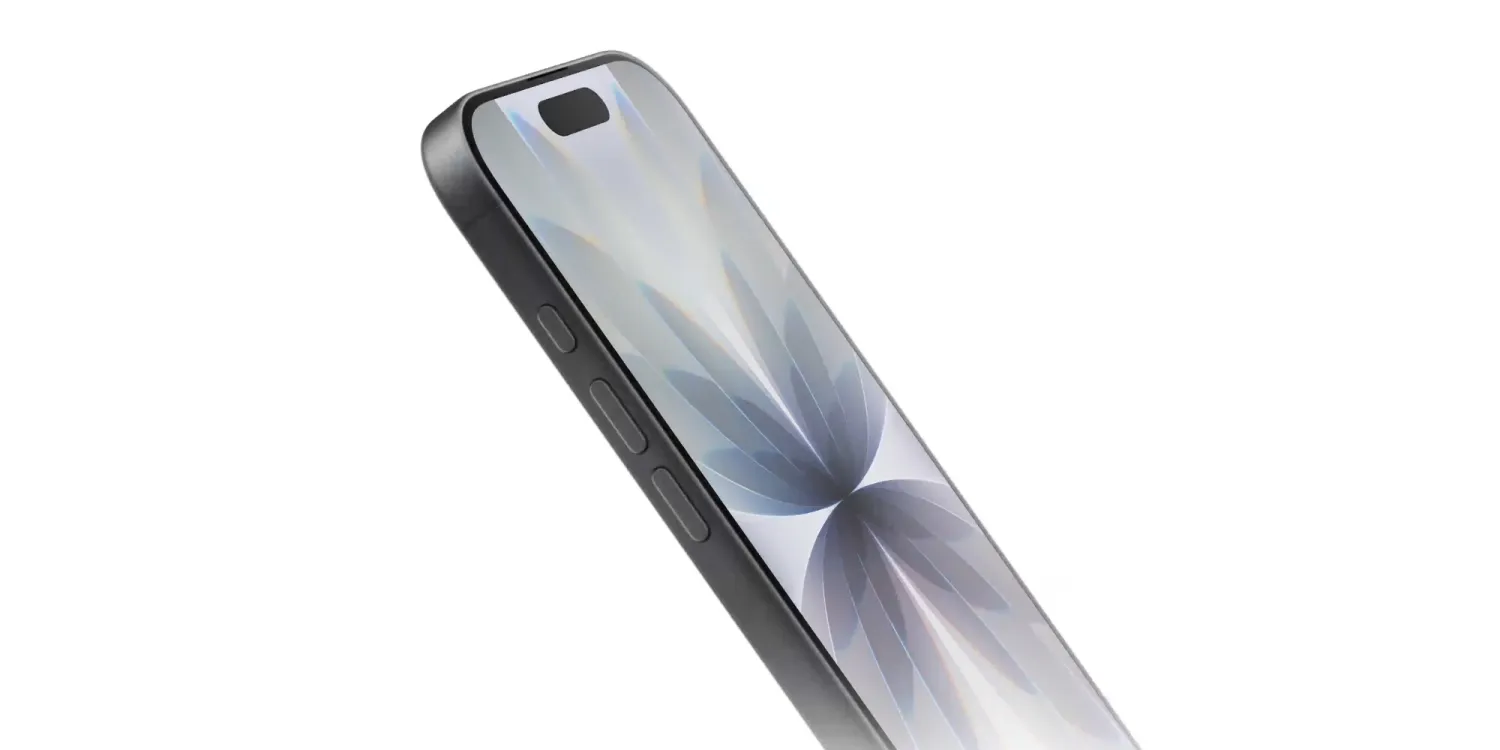
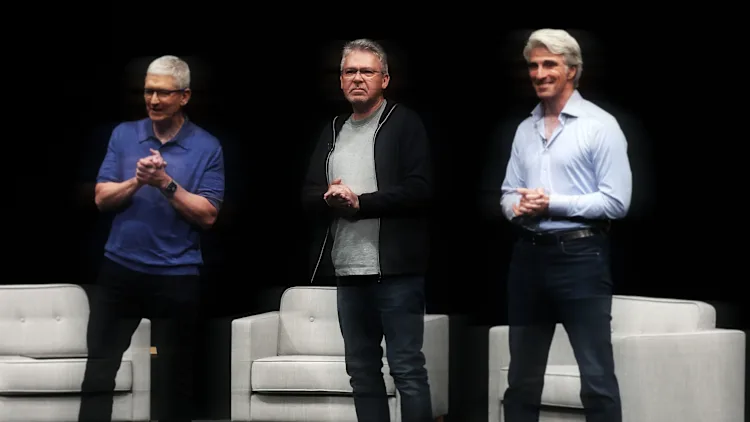








Leave a Reply